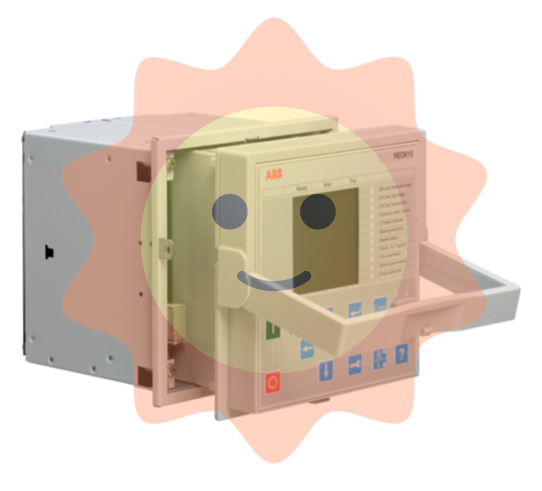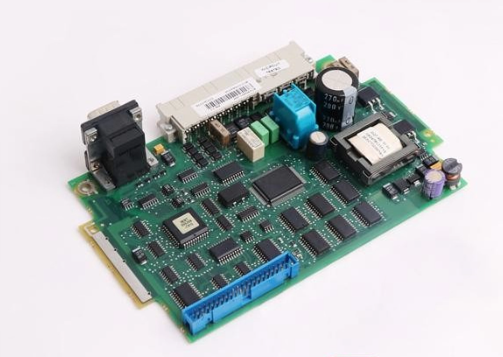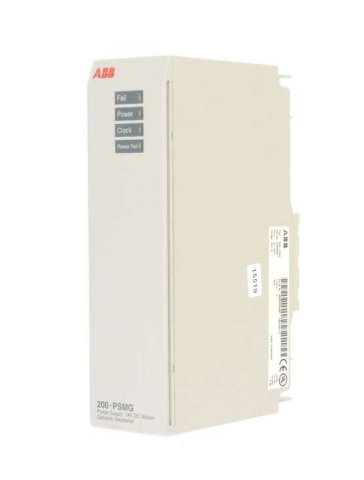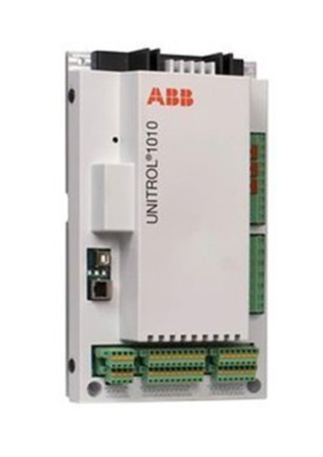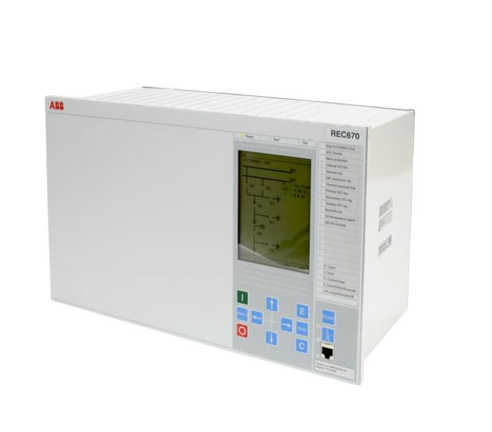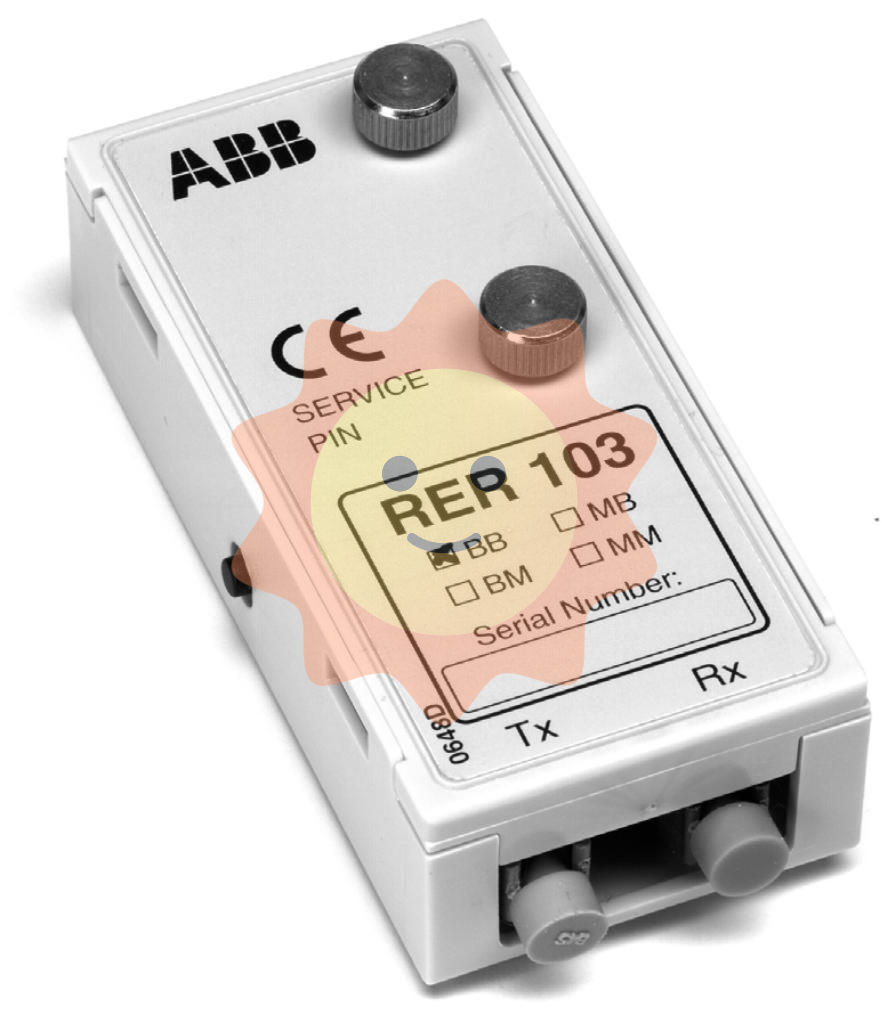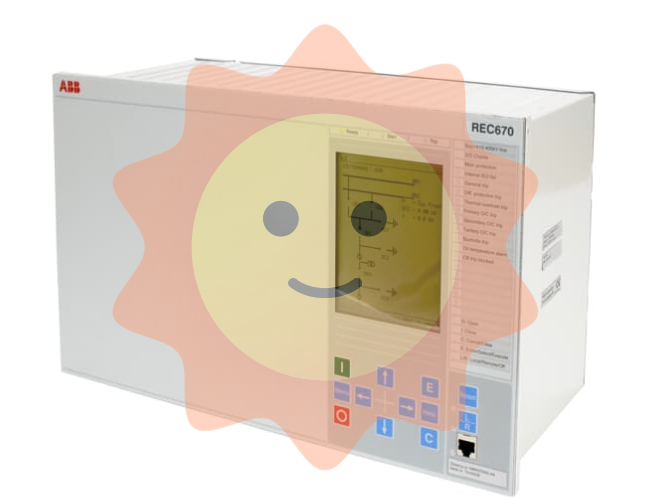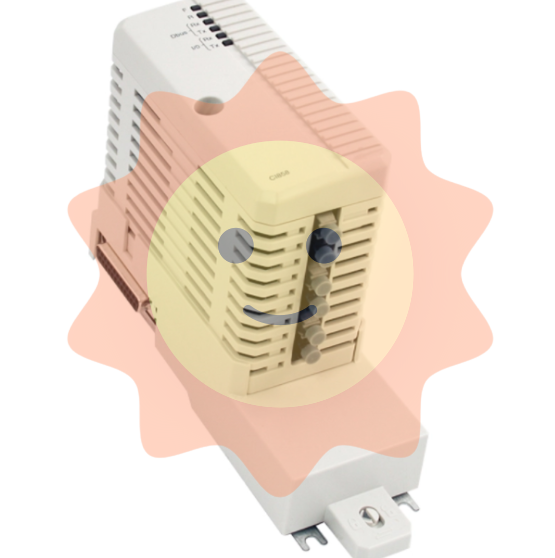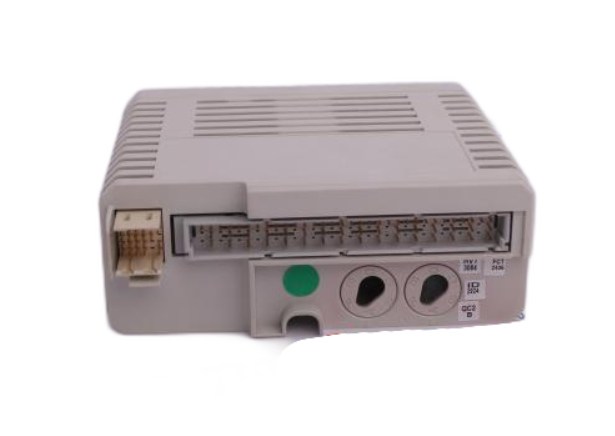Watlow thermocouple products
Non grounded junction: used to avoid grounding loops and strong electromagnetic interference scenarios, ensuring the integrity of the insulation layer (such as MgO without fragmentation).
Bare knot: only used in clean, non corrosive gas environments, with the fastest response but no protection.
Wire connection:
Polarity: Thermocouple wires are divided into positive and negative (such as K-type KP being positive and KN being negative). Connecting them in reverse will cause the readings to be reversed.
Extension line: It must be matched with the calibration type (such as J-type extension line) to avoid errors caused by using ordinary wires.
Interference protection:
Electromagnetic interference: Use shielded twisted pair cables, with the shielding layer grounded at one end, and a distance of>305mm from the power line. When crossing, it should be perpendicular at 90 °.
RF interference: Choose TR type or add EMI filter to avoid sensors being close to RF sources (such as plasma generators).
High temperature installation:
Sheath insertion depth: at least 10 times the diameter of the sheath (such as 0.125 inches of sheath inserted into 1.25 inches or more), ensuring that the temperature measurement point is in the core area of the medium.
Thermal expansion: Long sheets require reserved space for thermal expansion to avoid bending and damage at high temperatures.
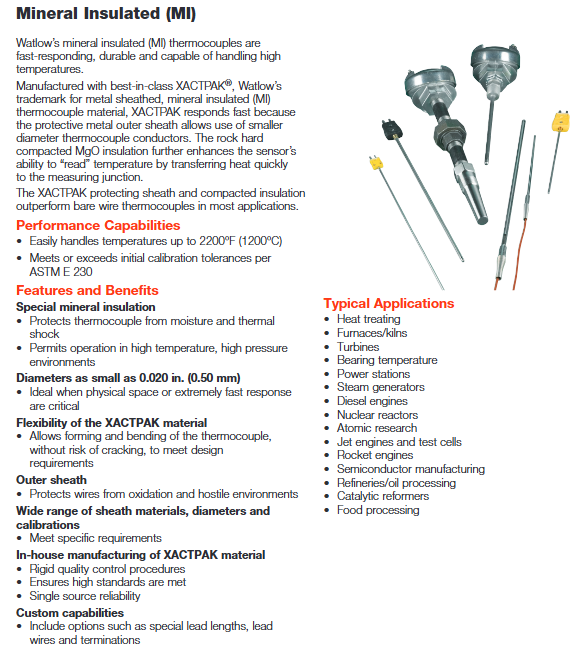
Typical application cases and solutions
(1) Semiconductor wafer manufacturing (precision surface temperature measurement)
Requirement: Surface temperature monitoring of wafer stage with an accuracy of ± 1 ° C, limited space (stage gap<1mm), temperature range of 50-300 ° C.
Solution: MICROCOIL ™ Micro thermocouple (Style MC), 0.125-inch spiral coil, aluminum nitride tip (temperature resistant to 700 ° C), ungrounded junction to avoid grounding loop, wire selected with FEP insulation 26 (temperature resistant to 260 ° C).
Advantages: Low profile (<0.5mm) does not affect wafer transfer, isothermal area ensures surface temperature measurement accuracy, and resists wafer carrier vibration.
(2) Diesel engine SCR system (exhaust gas temperature measurement)
Requirement: SCR inlet/outlet exhaust gas temperature monitoring, temperature 200-800 ° C, signal compatible with CAN J1939 protocol, anti vibration and exhaust gas corrosion.
Solution: EXACTSENSE ® Series (Part No. OKK30B2A), sheath material Haynes ® 230 (temperature resistance 1100 ° C), CAN digital output, immersion depth 50mm, wire with fiberglass braided protection (temperature resistance 400 ° C).
Advantages: Integrated electronic components can directly output CAN signals without the need for additional transmitters. Sheath is resistant to exhaust gas corrosion and has a response time of less than 3 seconds (T63).
(3) High temperature industrial furnace (furnace gradient temperature measurement)
Requirement: Temperature monitoring at three points inside the furnace (top/middle/bottom), with a temperature range of 800-1200 ° C, to protect the pipes from slag erosion.
Solution: Multi point temperature measurement type (Style AW), protective tube material Alloy 600 (temperature resistance of 1260 ° C), diameter of 0.25 inches, 3 K-type temperature measurement points (spacing of 6 inches), protective tube length of 36 inches, wire selection of 20 gauge fiberglass insulation.
Advantages: Single protection tube enables multi-point temperature measurement, reduces furnace wall openings, and Alloy 600 is resistant to high temperature oxidation and slag erosion.
Maintenance and Calibration
(1) Daily maintenance
Regular inspection: Check monthly whether the wiring terminals are loose, whether the sheath is deformed/corroded, and whether the exposed joints are covered with pollutants.
Cleaning: Clean the sensor surface with alcohol to avoid affecting heat conduction if there is any contamination (such as oil stains, dust); If there are scratches on the PFA coating, it needs to be evaluated whether to replace it (to prevent the invasion of corrosive media).
Wire maintenance: Check whether the shielding layer is damaged, whether the insulation layer is aging (such as fiberglass insulation becoming brittle), and replace it in a timely manner if it is damaged.
(2) Calibration cycle and method
Calibration cycle:
Universal type (medium low temperature): once a year.
High temperature type (>1000 ° C): once every 6 months.
Precision scenarios (such as semiconductors): once every 3 months.
Calibration method:
Low temperature (-200 to 300 ° C): Calibrate with a constant temperature bath and standard platinum resistance (PT100).
Medium to high temperature (300 to 1200 ° C): Calibrate with a tube furnace and standard thermocouple (such as S-type).
Ultra high temperature (>1200 ° C): calibrated with a blackbody furnace and standard optical pyrometer (B/R/S type).
Calibration standard: Follow ASTM E230 standard. If the error exceeds the limit, adjust the controller offset or replace the sensor.
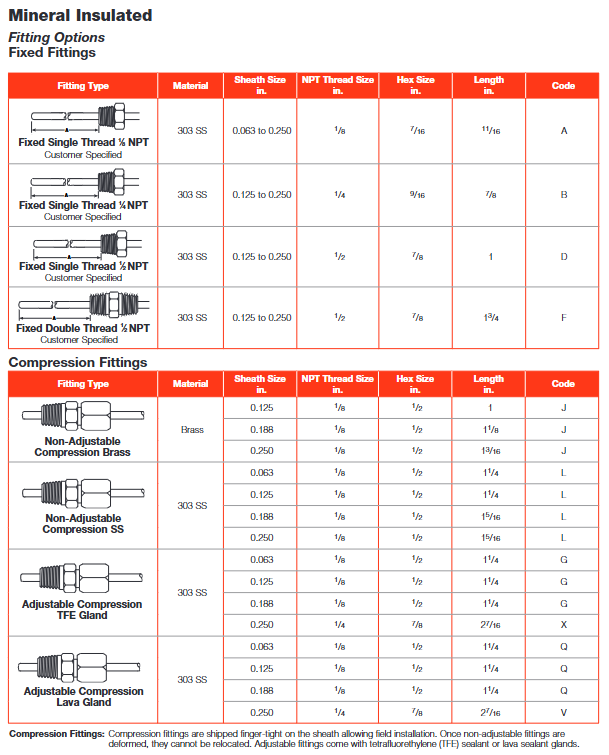
- EMERSON
- Honeywell
- CTI
- Rolls-Royce
- General Electric
- Woodward
- Yaskawa
- xYCOM
- Motorola
- Siemens
- Rockwell
- ABB
- B&R
- HIMA
- Construction site
- electricity
- Automobile market
- PLC
- DCS
- Motor drivers
- VSD
- Implications
- cement
- CO2
- CEM
- methane
- Artificial intelligence
- Titanic
- Solar energy
- Hydrogen fuel cell
- Hydrogen and fuel cells
- Hydrogen and oxygen fuel cells
- tyre
- Chemical fiber
- dynamo
- corpuscle
- Pulp and paper
- printing
- fossil
- FANUC
- Food and beverage
- Life science
- Sewage treatment
- Personal care
- electricity
- boats
- infrastructure
- Automobile industry
- metallurgy
- Nuclear power generation
- Geothermal power generation
- Water and wastewater
- Infrastructure construction
- Mine hazard
- steel
- papermaking
- Natural gas industry
- Infrastructure construction
- Power and energy
- Rubber and plastic
- Renewable energy
- pharmacy
- mining
- Plastic industry
- Schneider
- Kongsberg
- NI
- Wind energy
- International petroleum
- International new energy network
- gas
- WATLOW
- ProSoft
- SEW
- wind
- ADVANCED
- Reliance
- YOKOGAWA
- TRICONEX
- FOXBORO
- METSO
- MAN
- Advantest
- ADVANCED
- ALSTOM
- Control Wave
- AB
- AMAT
- STUDER
- KONGSBERG
- MOTOROLA
- DANAHER MOTION
- Bently
- Galil
- EATON
- MOLEX
- Triconex
- DEIF
- B&W
- ZYGO
- Aerotech
- DANFOSS
- KOLLMORGEN
- Beijer
- Endress+Hauser
- MOOG
- KB
- Moxa
- Rexroth
- YAMAHA


Email:wang@kongjiangauto.com





























































































